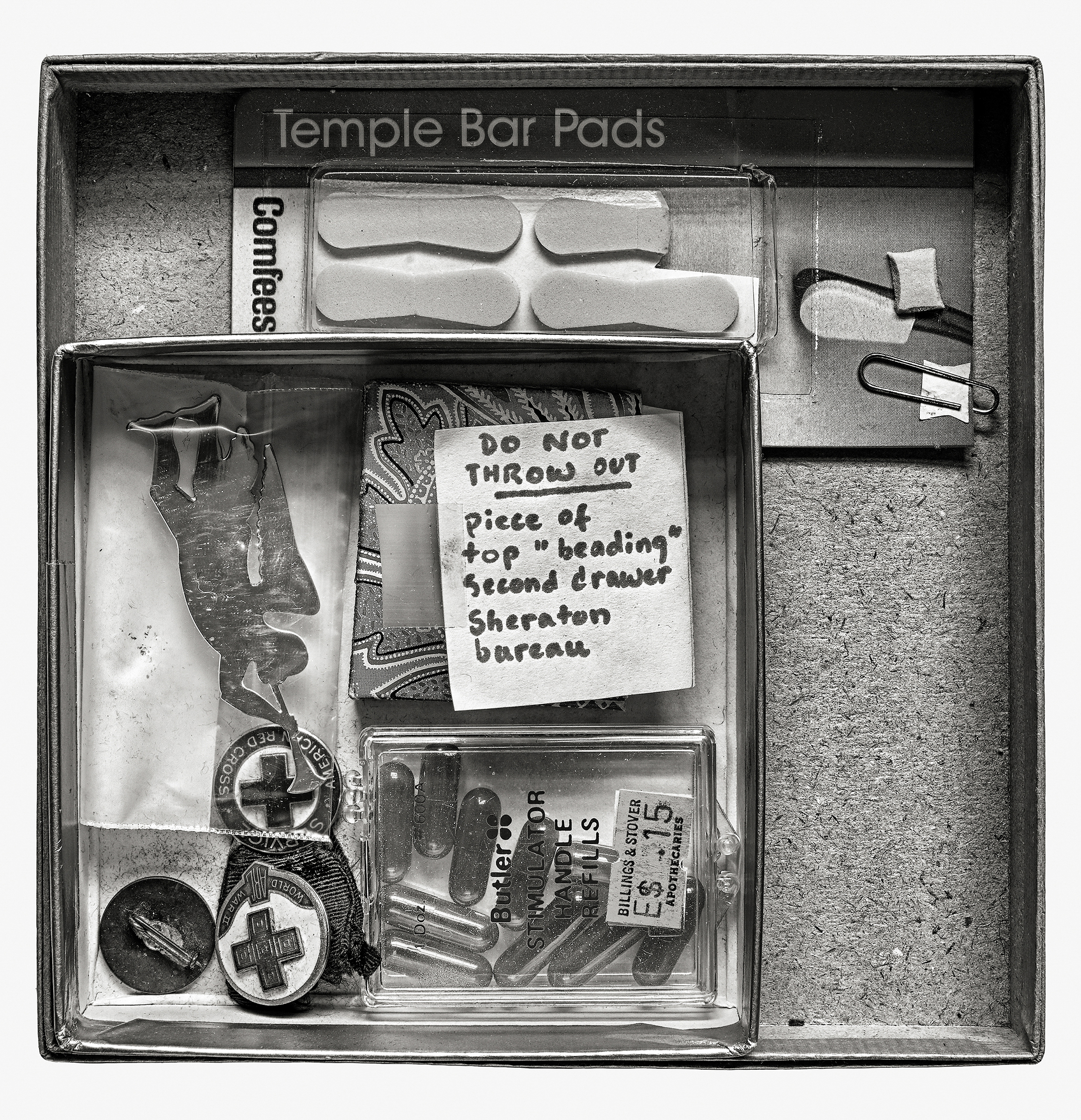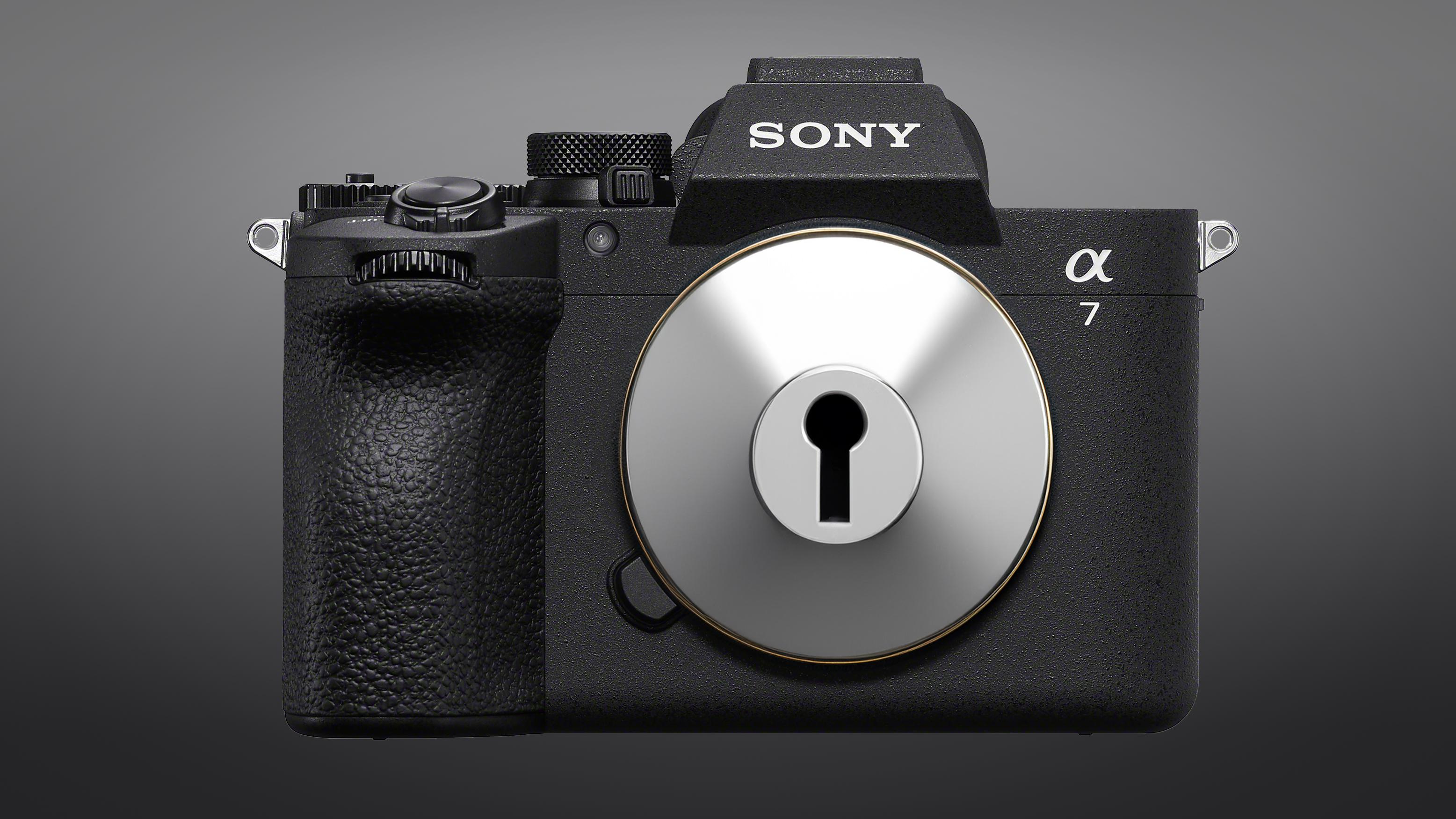"Color describes, black-and-white interprets" – the enduring power of mono photography
How photographer Russell Hart used B&W mode to transform a "hodgepodge of colors" into an emotional masterpiece

Every now and again I ask myself, “Why does black-and-white photography continue to resonate with contemporary photographers and audiences?”
The existence of color photography has been around since the 19th century, and it offers what most consider a more true-to-life form of photography than black-and-white. And yet, each year, photographers working in many genres choose to use a monochrome palette.
But when I find myself puzzled in this way, I find it helps to see if a great photographer of the past has any thoughts about the issue. Luckily the great Magnum photographer, Elliott Erwitt, had something brief but brilliant to say about it: "Color is descriptive. Black and white is interpretive."
At first, it’s one of those quotes that feels like an overgeneralization. And yet, for me, it really feels spot on – particularly when I see a very well-done black-and-white book project, like the recently published monochrome monograph, As I found It: My Mother’s House, by American photographer, writer, and teacher Russell Hart.
The book, published in 2024 by Kehrer Verlag, reminds me just how much magic black-and-white photographs can have.
In essence, it’s a very emotional visual study of memory, dementia and aging parents. For the project, Hart created the photographs in his mother's house of over 40 years after her cognitive decline made it impossible for her to stay. Most of the book comprises still lifes that are quite moving.
In 2020, as editor of Digital Photo Pro magazine, and before the monograph was published, I got a chance to publish Hart’s own thoughts about his project. In that article, he asked himself, “Why black and white?”
The best camera deals, reviews, product advice, and unmissable photography news, direct to your inbox!
For me, his answer is pragmatic, instructive, but also poetic, “Aside from saving me the need to correct for the window light’s blue cast, it made up for the fact that the contents of the trays and boxes were a hodgepodge of colors.
“I didn’t want an individual item’s color to give it a gratuitous prominence; I felt that color was a distraction from the idea that these items had been sorted into meaningful groups.
“While it might seem an obvious nod to photography’s own past, I also thought black-and-white made it clear from the outset that these images were about memory and history – a record of a past life and, ironically, of life’s impermanence, through sentimental objects.
“The Japanese have a phrase for this idea, mono no aware, which means ‘the pathos of things.’”
You might also like…
For ultimate mono shooting, take a look at the best cameras for black and white photography.
Terry Sullivan has tested and reported on many different types of consumer electronics and technology services, including cameras, action cams, mobile devices, streaming music services, wireless speakers, headphones, smart-home devices, and mobile apps. He has also written extensively on various trends in the worlds of technology, multimedia, and the arts. For more than 10 years, his articles and blog posts have appeared in a variety of publications and websites, including The New York Times, Consumer Reports, PCMag, Worth magazine, Popular Science, Tom’s Guide, and Artnews.
He has produced many articles and has appeared on TV to discuss a variety of topics, including the best cameras and devices to buy during the holidays, how photographers and content creators can get the most out of their point-and-shoots or phones, and how consumers can be creative when shooting a photograph, producing a video, or recording a song on a phone. He may also have the dubious achievement of being the first person (or one of the first) to create a music video entirely on an iPhone, created from media (the music itself, photos, digital art and video clips) produced on the device itself. Additionally, he is a musician, photographer, artist, and teacher.
You must confirm your public display name before commenting
Please logout and then login again, you will then be prompted to enter your display name.




